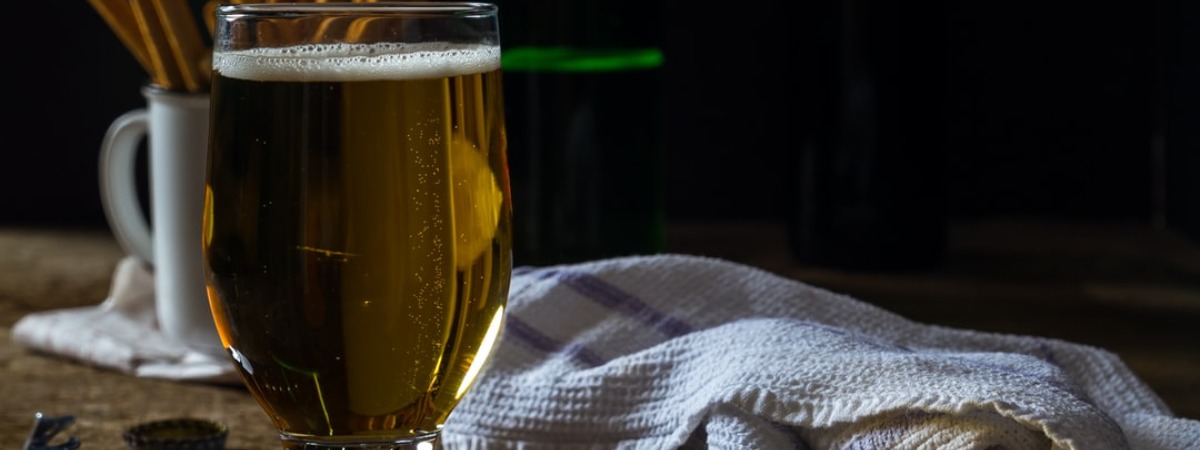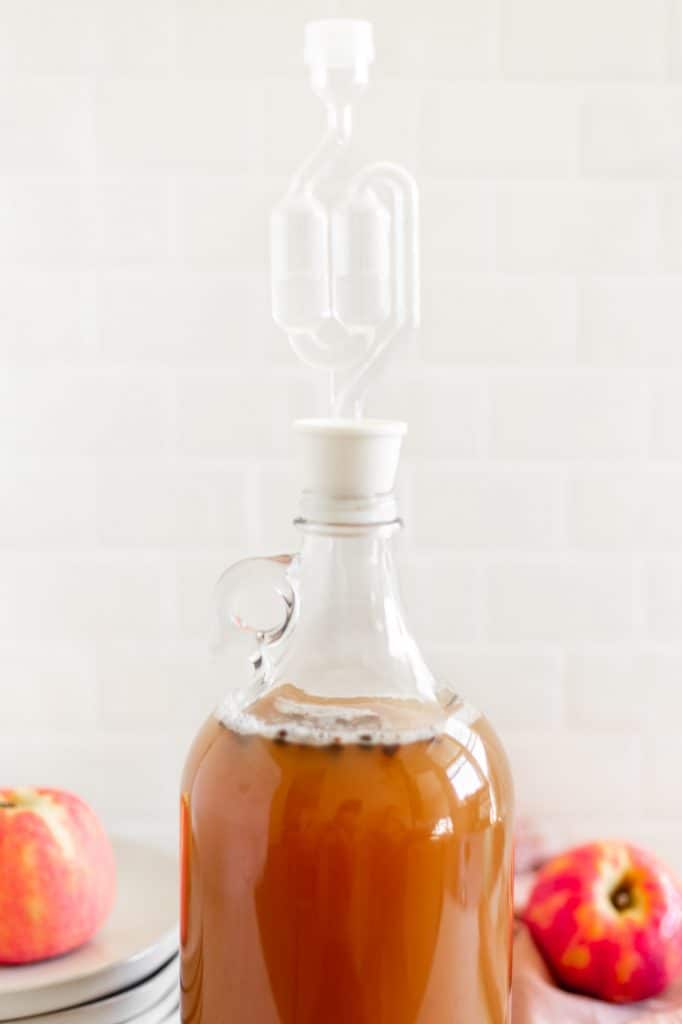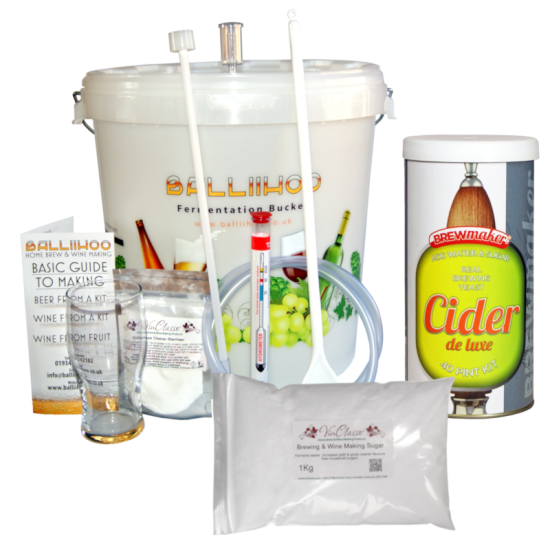

It is sour as freak but that's still drinkable. Question: I followed the recipe to the letter.

It is probably OK, if the 'out of date' apple juice had not been opened, but I can't guarantee that! Always better to use fresh ingredients in the future. If you stir the yeast in, the start will be slower and the protection less.Īnswer: Six days is long enough for it to have fermented to dryness. A blanket of carbon dioxide soon forms which forces the air out of the flagon and protects the juice from oxidation. Why not stir the yeast in? By floating the yeast on the surface, the growth process starts locally in the concentrated slurry that forms when the yeast absorbs the liquid and re-hydrates. However, in my method you start with a sealed, sterile juice flagon and ferment in situ opening the top only for the minute it takes to remove some juice and add the yeast. Sterilisation is vital if you are making cider by traditional methods. But if you do have access to wine yeast it will give a higher quality cider. In some parts of the world, such as the Middle East, wine yeast is not available. This method was designed to work with no special equipment and with baker's yeast. Be grateful they have done the hard work for you! Explanations, Hints, and Tips Just be careful how you go about it.Supermarket apple juices are not made from cider apples, but they are extracted and cleared using hi-tech centrifuge and filtering techniques that are not available to the amateur. You can use S oda Stream machine device to carbonate your beer.If you are buying drops online, say Coopers Drops from Amazon, we suggest you order at least a couple of packets - that way the cost of delivery becomes more effective by price per unit.You can use carbonation drops with your ginger beer as well! And though we've never tried it, maybe your hard seltzer.60 carbonation drops, will be enough drops for one 23 litre brew (i.e.We've used Mangrove Jack's drops many times and had no problems so are very happy to recommend their use.The results were quite interesting! Basically, you can use any form of sugar lollies for carbonating beer - as long as it fits down the neck of the beer bottle you'll be right! Flavours may vary though. We once tried using jelly beans as a substitute for carbonation drops.Get your measurements correct! You can always try to batch prime - we find this method quite effective. If you do choose to not use drops and just wish to add granulated sugar to the bottle, we recommend the use of an ordinary kitchen funnel as it speeds things up and helps reduce the mess of sugar going everywhere.Different temperatures will affect the carbonation process as well (the yeast generally enjoys a warmer temperature) - so if you are questioning whether the drops didn't produce enough CO2, bear in mind there are other factors at play.It will escape in the form of a 'gusher' when you open your beer and it will gush out the next of the bottle like a geyser and go bloody everywhere - and ruin that beer experience you were about to enjoy! If you add too much sugar, too much CO2 will be produced by the yeast and it will have nowhere to escape. Leaving your beer in a dark, cool place will help too. The patient beer brewer should wait about 3 weeks before sampling their brew. This is the bare minimum before which you can drink your beer. Once you have added the drops and bottled the beer, it will take about 7 days to condition.

Just as with beer, be wary of over carbonating the cider. You can use drops to carbonate apple cider.Tips and tricks for when using carbonation drops:

Yes, they are! Priming sugar and corn sugar are both simply dextrose. Is priming sugar the same as brewing sugar? Remember that after carbonating your beer, it's essential that you store the bottles properly so that optimal conditioning can occur. Popular brands are Muntons' 'Carbtabs' and Brewer's Best Conditioning Tablets. The usage is 3, 4 or 5 tablets per 12 ounce bottle (350 mls) for low, medium or high carbonation. This is important to keep in mind as some beers are better with more bubbles (lager) and others are more enjoyable to drink when they have less (heavy ales, bocks etc). In that sense, they are an equivalent alternative product but given the ingredients, they will add more flavour and body to your beer. The tablets usually contain tablets contain dextrose, dry malt extract and heading powder which is clearly different from using sugar for fermentation.Ĭarbonation tablets work in the same way as sugar in that the more you use, the more carbonation occurs. You can also use ' carbonation tablets ' or ( conditioning tablets) for bottling which is a different way to carbonation glory.


 0 kommentar(er)
0 kommentar(er)
